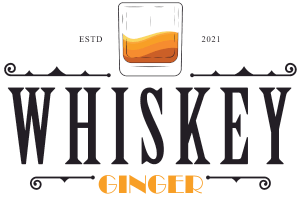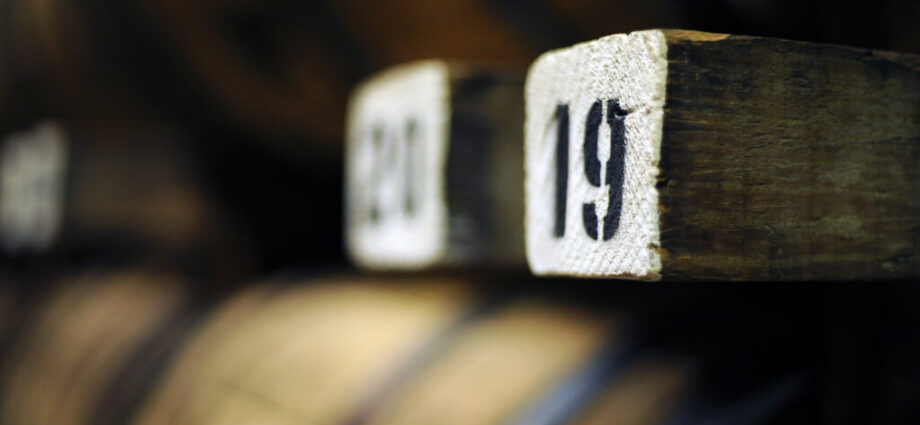Single barrel vs. double barrel whiskey is a hotly contested subject. This article will tell you all about the distinctions between them and help you decide which one is best for you.
In this article, we’ll compare and contrast single-barrel and double-barrel whiskies in terms of flavor, production method, and overall cost. How and why different whiskies taste the way they do, and whether or not maturing in a single or double barrel makes a difference, are additional topics we’ll cover. Now that you have this information, you may choose the type of whiskey that best suits your tastes. This article will first center on American whiskey. This is because the United States is automatically connected with the terms “single barrel” and “double barrel.”
Just What Does “Single Barrel” Imply?
Aged in just one oak cask, single-barrel whiskey is a cut above the rest. The whiskey will have absorbed all of the nuances of flavor from the barrel’s wood and internal charring. After that, it goes into bottles without being aged in another barrel or blended with whiskey from different casks. Single-barrel whiskies tend to have higher alcohol content.
Whiskies of varying colors, flavors, and ages are typically blended to create the standard bottles used by most distilleries. By mixing on a large scale, they can achieve color and flavor consistency. Unlike blended whiskey, single-barrel whiskey is extracted directly from a single barrel.
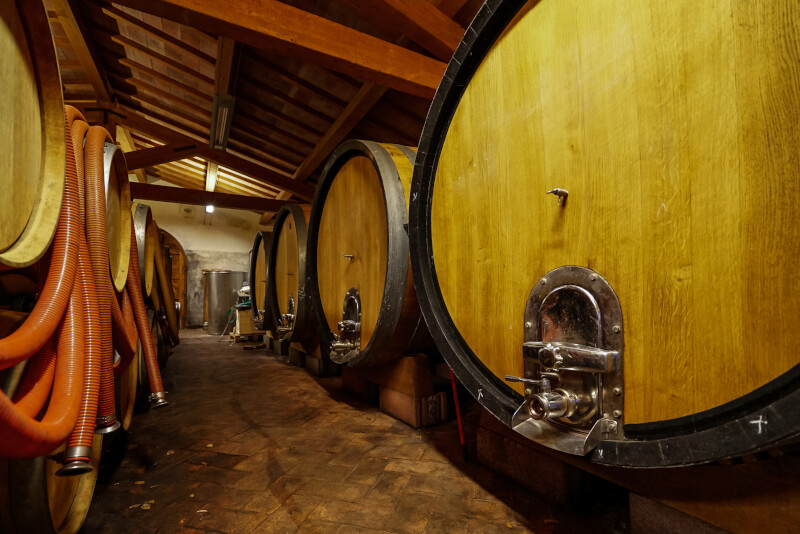
You may have noticed that the price of single-barrel whiskey is higher than that of the distillery’s standard offerings. This is because each barrel is so rare and of such high quality that the master distiller must select it personally. The distinctive attributes that make a single-barrel whiskey stand out from the crowd vary from distillery to distillery, but they are always worth seeking out.
The fact that single-barrel whiskey isn’t blended into larger batches helps to explain why it’s more expensive. whiskey aficionados who seek rare and distinctive flavors are typically willing to pay the higher price tag associated with single-barrel whiskies.
Double Barrel Whiskey
To be called a “double barrel,” a whiskey must have been matured in two separate barrels without being blended with whiskey from other barrels. Often shortened to “finished whiskey,” this term describes bourbon that has been aged in one barrel before being moved to another. Since the whiskey is exposed to two types of wood while maturing, it develops greater complexity and depth than in a single barrel.
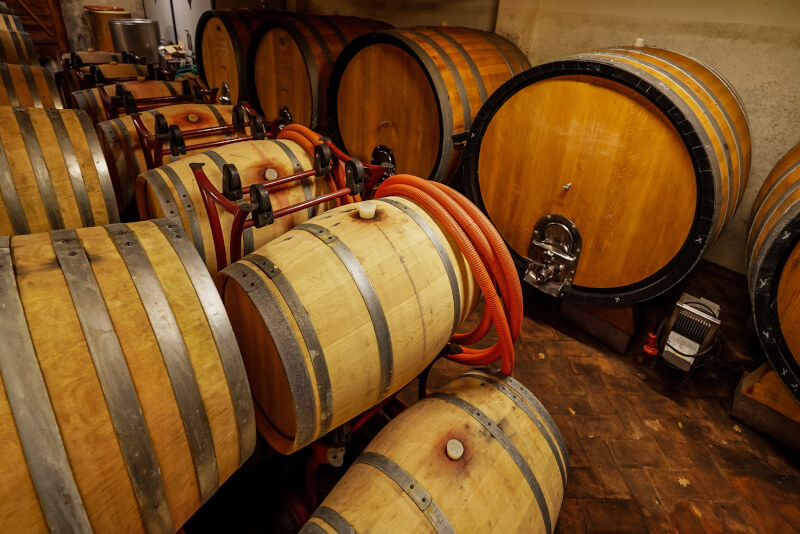
It is common practice in the United States to age whiskey in brand-new oak barrels. That’s just half the story when it comes to double-barrel whiskies, though. Once the whiskey has reached the desired level of maturity, it is transferred to a new barrel made from the same or a different material. These secondary barrels are where things get exciting because they can be brand new or previously used. In general, secondary barrels are:
- Refreshingly new charred oak barrels
- Sherry puffs
- Wine barrels
- Barrel of port
- Whiskey barrels
Barrel of Armagnac
The whiskey’s second step of aging involves absorbing additional flavors and colors from the barrel. The extra flavors that develop from aging in a second barrel are what give double-barrel whiskies their well-rounded complexity.
Double-barrel whiskey is typically more expensive than whiskey aged in a single barrel. This is because more work is required in the form of handling, filling, and pouring, as well as additional time. However, this process typically results in a whiskey that is more mature, balanced, and complex.
Contrasting the Single Barrel and the Double Barrel
As you now know, master distillers carefully choose each barrel of single-barrel whiskey for its exceptional flavor. Double-barrel whiskey, on the other hand, begins life in a single barrel before undergoing additional maturation in a second cask.
Is a Single Barrel Better Than a Double?
This is totally up to personal taste. Single-barrel whiskey is the best option for whiskey aficionados looking for rare flavors and distinctive features because it is more singular and has fewer variations. Double-barrel whiskey, on the other hand, typically offers a lot more complexity as a result of the additional wine, port, or sherry cask finishing it undergoes during its second maturing period.
The type of whiskey you end up buying is totally up to you. The whiskey-drinking experience will be special and delightful whether you choose single-barrel or double-barrel whiskey.
FAQs: Single Barrel VS. Double Barrel
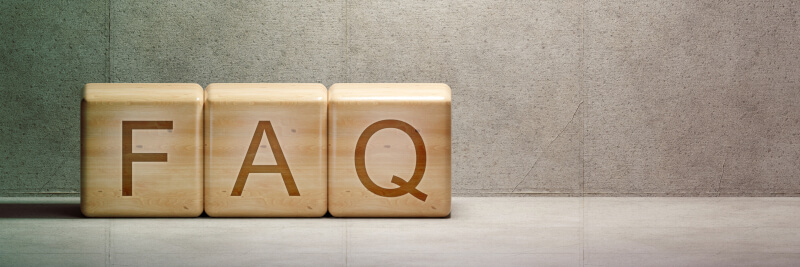
What Makes Single-barrel Whiskey Unique?
Whiskies from a single barrel, chosen for their specific qualities by the distiller, are considered rare and exceptional. An out-of-the-ordinary barrel of any size, shape, or material qualifies. Because it is not mixed with other whiskies, the unique qualities of a single-barrel whiskey are preserved. Due to these factors, the price of this whiskey is typically higher than that of standard bottles. If you’re searching for something unique, though, it’s well worth your time.
The Unique Characteristics of Double Barrel Whiskey
whiskey that has been double-barreled has been aged in two barrels simultaneously. The whiskey’s flavor is enhanced by the wine, port, cognac, or sherry cask finishes in the second barrel, which can be new or used. This method can produce whiskey with far more interesting and mature flavor characteristics than single-barrel whiskey.
When Comparing Single Barrel and Barrel Proof, What Are the Key Differences?
To be clear, “single barrel” exclusively refers to whiskey that has been aged in a single barrel. The term “barrel proof whiskey” refers to whiskey that has not been watered down and is instead served at the same 52-66% ABV (or 100-132 proof) at which it was extracted from the barrel. To maintain the full flavor profile, single-barrel whiskey is generally bottled at barrel strength.
Is There a Reason Why Single Barrel Proof is Stronger Than Double Barrel?
Single-barrel whiskey and bourbon are frequently higher proof than commercially available bottles since they are not watered down. Because of the care used in selecting single-barrel whiskies for their exceptional quality, they are rarely watered down to a lower proof. Due to its rarity and higher alcohol content, single-barrel whiskey tends to be more expensive.
Is the Eagle Rare a Single Barrel?
No. Once only available in single barrels, Eagle Rare is now available in mixed cases after its distillery, Buffalo Trace, made the transition from manual to automated bottling. This is why the company presently promotes the 10, 17, or double rare whiskies as single-barrel products. Eagle Rare has won the double gold award more than any other bourbon.
Single-barrel Bourbon is Best Enjoyed in What Way?
Single-barrel bourbon whiskey is best enjoyed neat in a Glencairn glass so that the whole aroma and flavor can be savored. This tulip-shaped glass directs the fragrant air toward your nostrils as you take a sip. Single barrel whiskey can be consumed neat, on the rocks, or with a dash of water to ‘open up’ the aroma and reveal more nuanced flavors and aromas. It’s best to add water or ice gradually, tasting as you go, until you reach the desired concentration.
Overly Aged Whiskey
There is such a thing as overly-aged whiskey. The rate of maturation is highly variable from cask to cask and from spirit to spirit. The ‘peak’ of the aging process can occur at varying times depending on the cask’s kind, age, thickness, and composition. If whiskey is aged for too long, it can become bitter due to factors including internal charring. This is why sherry or Mizunara casks are preferred for extremely aged whiskies (more than 50 years) since they aid in maintaining flavor balance over time.
Can a Used Barrel Be Used More Than Once?
The optimal number of times to reuse an aging barrel (also called a finishing barrel) is between two and three. Beyond this point, the barrel’s defects will become more apparent as the color and flavor have been largely taken already. Used barrels are either discarded as unnecessary or repurposed to serve for a longer period. When a barrel is rejuvenated, its internal surface is stripped away to reveal newer, unaged wood.
